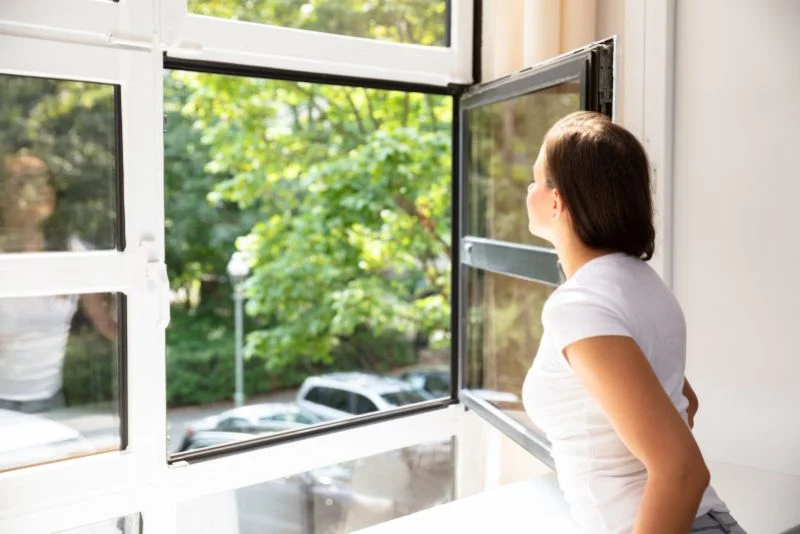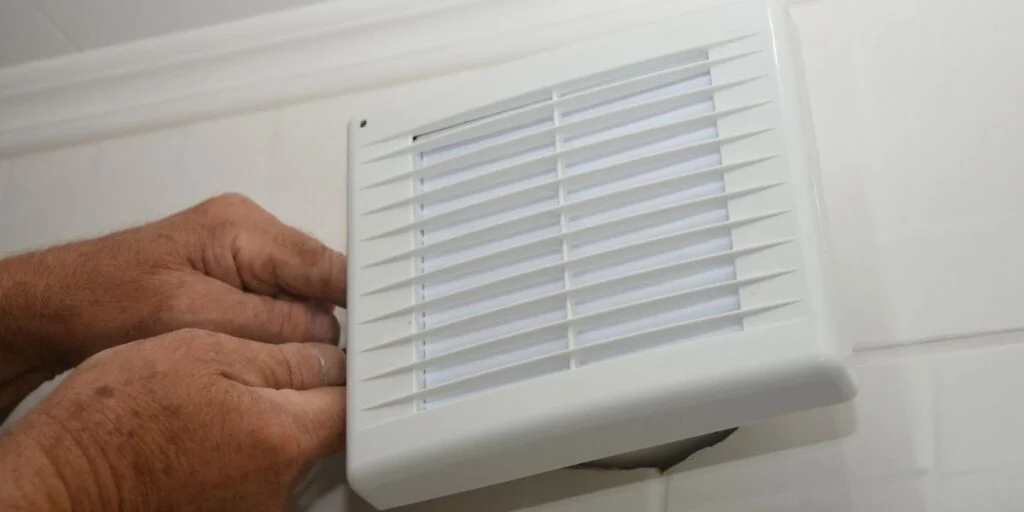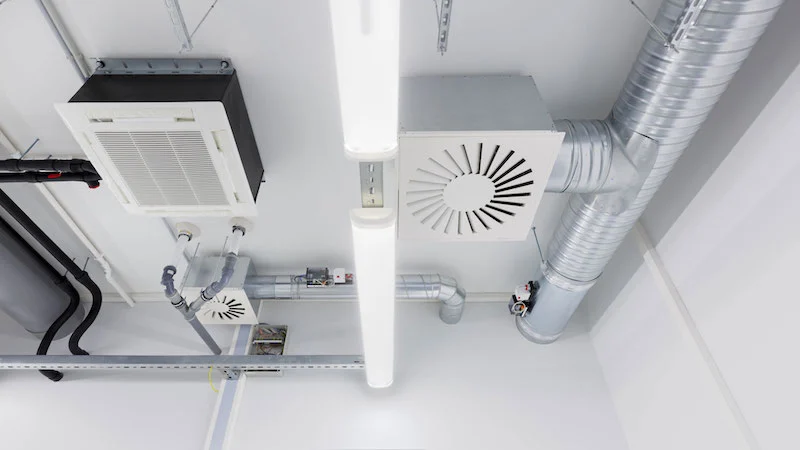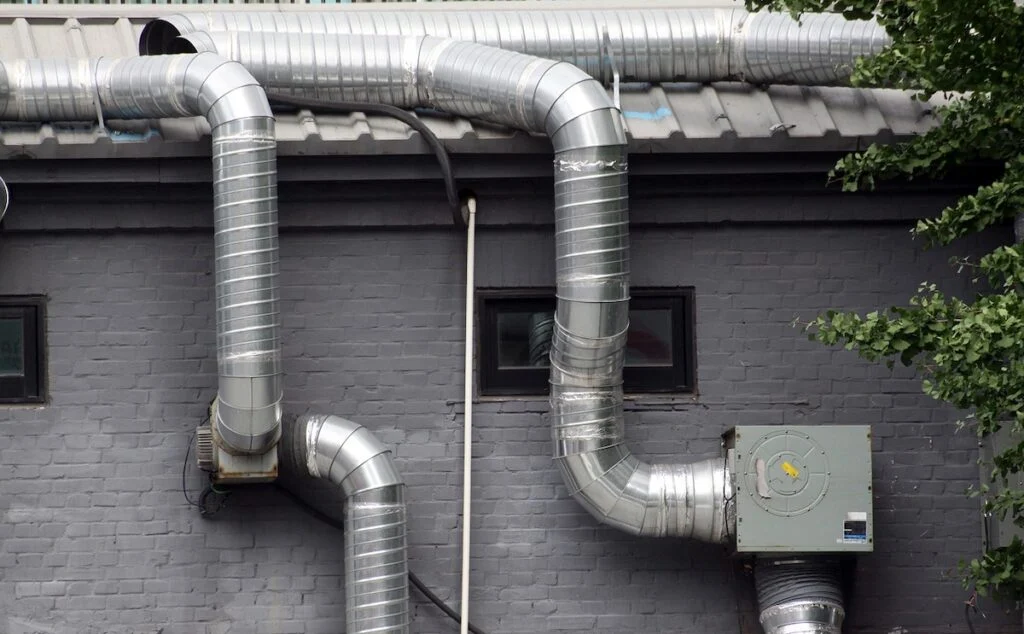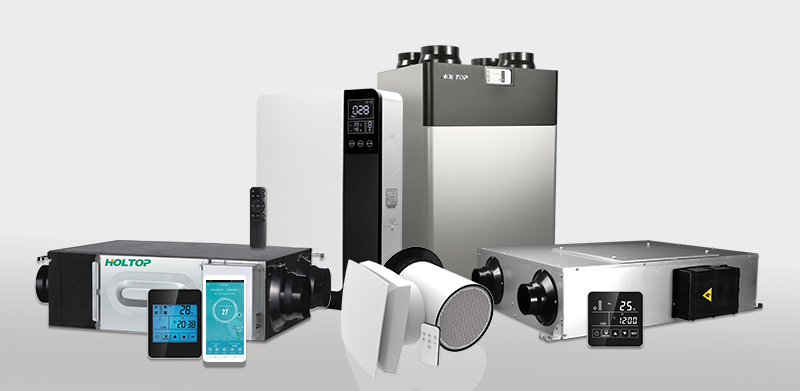The past few years have seen home ventilation receive more attention than ever, especially with the rise of airborne diseases. It’s all about the quality of the indoor air you inhale, its safety, and the efficient systems that make it possible.
So, what is home ventilation anyways?
For those unfamiliar, this post will explain everything you need to know about home ventilation and the various types that exist.
What Is Home Ventilation?
Home ventilation is the continuous interchange of air within a closed space. A ventilation system removes stale indoor air and encourages the inflow of cleaner fresh air. Many home ventilation systems exist, but they all fall under three categories—natural, spot, and whole-house ventilation.
Why Is Home Ventilation Important?
A proper home ventilation system must complete two functions:
- Ensure stale air goes out to the environment faster before it becomes toxic to the health of occupants.
- Introduce cleaner, fresh air from the surroundings as the stale indoor air exits
Why is this so?
Indoor spaces hold numerous types of gases. Home equipment like water heaters, stoves, and gas cookers produce different (and often harmful) gaseous emissions. The air you exhale (CO2) is also a gas.
Pollutants like ammonia, nitrous oxide, and sulfur dioxide can come in from external or internal sources. All these gases combine to make up a significant portion of the air density of any given space.
If the indoor air can’t escape into the surrounding, it becomes damp, stale, and unhealthy for the house’s occupants. Therefore, the air indoors must constantly be replaced by fresh air from the outdoors to remain healthy for breathing.
Thus, the whole aim of ventilation is to ensure the continued exchange of indoor and outdoor air in the most efficient way possible to keep the occupants of any space healthy.
Houses produce substantial amounts of moisture daily and across seasons. When the in-home vapor can’t escape entirely, or the air inflow in the building is small, the water vapor will encourage mold growth and spread other allergens.
High indoor humidity is not just unhealthy for occupants. It also contributes significantly to the high cost of energy bills. This is because cooling and heating systems often have to work too hard to keep occupants comfortable.
Since we spend 90% of the day indoors, the air quality within enclosed spaces must be as high as possible to avoid health problems.
Types of Home Ventilation
As discussed, there are three primary types of home ventilation: natural, spot, and whole-home ventilation. Let’s look into each of these styles, some of their subcategories, and their pros and cons.
Natural Ventilation
Natural or uncontrolled ventilation is the interchange between natural air from the outdoors and indoor air via windows and doors.
It’s the most common and simplest form of ventilation. As its name suggests, it is natural and requires no equipment. So, it’s a cost-free home ventilation system so long as you have windows and doors.
It’s drawbacks include:
Unreliability
High Humidity
The Inflow of Pollutants
No Regulation and Security
Spot Ventilation
As its name suggests, spot ventilation allows air exchange in a particular spot within a house. Spot ventilation also eliminates air pollutants and moisture from indoor spaces. You can combine this system with natural ventilation or other ventilating systems for better air quality.
One typical example of spot ventilation is the exhaust fans in modern bathrooms that expel moisture and those in kitchens for removing cooking fumes. However, like natural ventilation, spot ventilation comes with some downsides.
First, the ventilation system won’t be enough for the whole house since it only eliminates pollutants and moisture at the source. Secondly, running exhaust fans for extended periods will reduce their efficacy. They may start allowing more contaminants inside than they let out.
When the combination of natural and spot ventilation is ineffective in providing proper ventilation, whole-house ventilation becomes the best alternative.
Whole-House Ventilation
Whole-house ventilation is the best form of home ventilation to improve indoor air quality. Unlike natural ventilation, you can control air inflow with whole-house systems. As a result, you can enjoy sufficient air across your living space.
There are four types of whole-house ventilation systems.
The varieties include:
- Exhaust
- Supply
- Balanced
- Heat or Energy Recovery System
Let’s take an in-depth look at the various types of whole-house ventilation systems.
Exhaust Ventilation
Exhaust ventilation systems depressurize indoor air within a building by extracting air from the house. Fresh air then enters the building through passive vents or other such vents.
These systems are affordable and easy to install. The setup features exhaust fans that connect to a single exhaust point in the house to remove air. Many homeowners use these systems in bathrooms and kitchens where there are more pollutants.
However, exhaust fans can also serve multiple rooms in a central exhaust system. The central exhaust unit features a fan in the basement or attic.
Air ducts connect the various rooms to the fan (bathroom and kitchen inclusive), and the system eliminates the air it gets from them to the outdoors. For better performance, you can install flexible passive vents in various rooms to allow fresh air into the building as the exhaust vents air outdoors.
Even with these benefits, exhaust ventilation can allow pollutants into the home alongside the fresh air.
They can also pull in gases from water heaters, dryers, and other home equipment that can depress indoor air. So, when they run together with the exhaust ventilation system, you’ll have more pollutants within your indoor space.
Another downside of this system is that it may force your heating and cooling infrastructure to work harder since the ventilation system can’t eliminate moisture from incoming air. Thus, your HVAC systems will work harder to compensate for the higher humidity.
Supply Ventilation
Supply ventilation systems, on the contrary, work by pressurizing air within your home. Pressurizing indoor air forces outdoor air into your home. The indoor air exits from holes, range fan ducts, and other existing vents, especially if you have an HVAC system.
Like an exhaust ventilation system, supply ventilation is affordable and easy to install. It requires a fan and duct system to supply fresh air into the rooms. Supply ventilation works better than exhaust ventilation in providing quality indoor air.
Pressurizing indoor air eliminates pollutants, allergens, pollens, dust, and other particles entering the home, ensuring they are not airborne.
The system also works without attracting pollutants from water heaters, fireplaces, and other home equipment.
That said, it’s essential to remember that supply ventilation works best in warmer regions. Since this system pressurizes indoor air, it can cause higher humidity levels within the home in the winter and lower room temperature.
Unfortunately, it can also encourage the growth of mold and mildew in the attic, ceilings, or exterior walls when indoor humidity is high enough to allow condensation.
Both exhaust and supply ventilation systems share the disadvantage of increasing the cost of energy bills since they don’t eliminate moisture from outdoor air before allowing it into any space.
Balanced Ventilation
A balanced ventilation system does not depressurize or pressurize indoor air. Rather, it removes stale air and supplies fresh air into the house in equal amounts.
This ventilation system has the additional benefit of removing air from rooms that produce the most pollutants and moisture, like the kitchen and bathroom. It also filters outdoor air before sending it into the house using special filters.
The system functions optimally with two fans and two ducts. The first fan and duct eliminate pollutants in the indoor air, while the remaining fan and duct introduce fresh air into the house.
A system like this can be expensive to install unless you have a functional HVAC system that it can work with.
Balanced ventilation systems are effective in every climate. However, like the others we’ve already discussed, they don’t eliminate moisture from the outdoor air before they allow it into the home. Thus, they contribute to high energy bills.
Energy Recovery Ventilation Systems
Energy recovery systems (ERVs) are today’s most efficient and advanced ventilation systems. How they ventilate the home reduces energy loss and, consequently, energy bills.
With this system, you can minimize air heating costs during winter as the heat from the hot indoor exhaust warms up the cold outdoor air entering your home. Then, in the summer, it reverses function to cool the warm incoming outdoor, reducing the cooling costs.
One unique type of energy recovery ventilator is the heat recovery ventilator. A heat recovery ventilator (HRV) draws heat energy from the outbound indoor air in the winter and uses it to heat incoming air.
ERVs function similarly to heat ventilators. However, they can recover both dry energy (heat) and latent energy (from water vapor). Thus, the system can process air and moisture.
In the winter, the ERV system transfers water vapor alongside heat from the outbound indoor air to the incoming cold air to maintain optimal humidity levels within the house.
In the summer, the system will also help to regulate humidity in the house by transferring moisture from incoming outdoor air to the dry air heading out.
Home ventilation is vital to enjoying premium air quality and staying healthy. With many options available, your choice should depend on the weather condition in your region and your budget.
Natural home ventilation is a good option if you live in a year-round windy environment. However, you need to be aware of the downsides.
Balanced and ERV systems are the best home ventilation for all weather conditions but are more expensive to install. Contact a professional if you’re unsure of the right option to choose.
Holtop have been devoting ourselves on industrial building air quality solution for decades of years from unit design, manufacturing, factory pre-assembly and testing, shipping, to site installation, commissioning, training and maintenance. We provide flexible options to meet the requirements of your manufacturing facility or process. We provide several HVAC products to meet customer's requirement, please check the link to see our HRV products: https://www.holtop.com/products/hrvs-ervs/
For more information, please visit: https://www.attainablehome.com/what-is-home-ventilation-anyway-types/
Post time: Sep-21-2022

